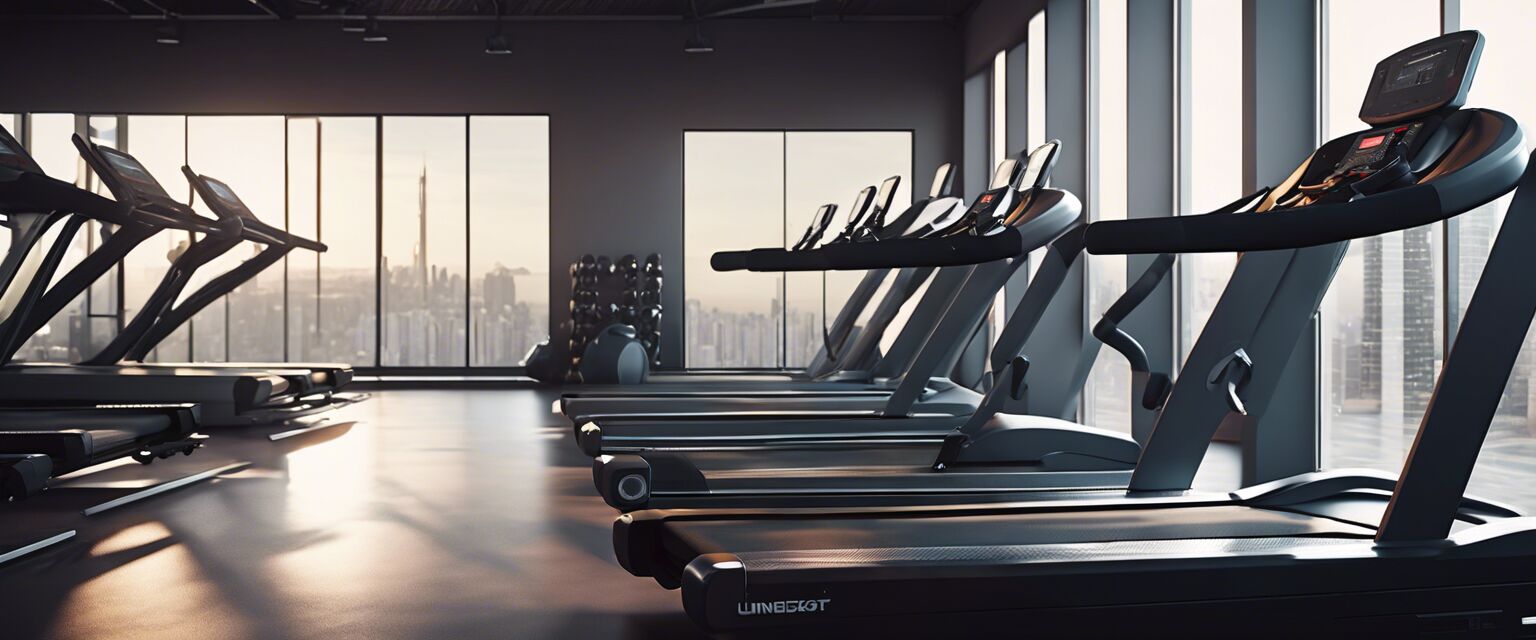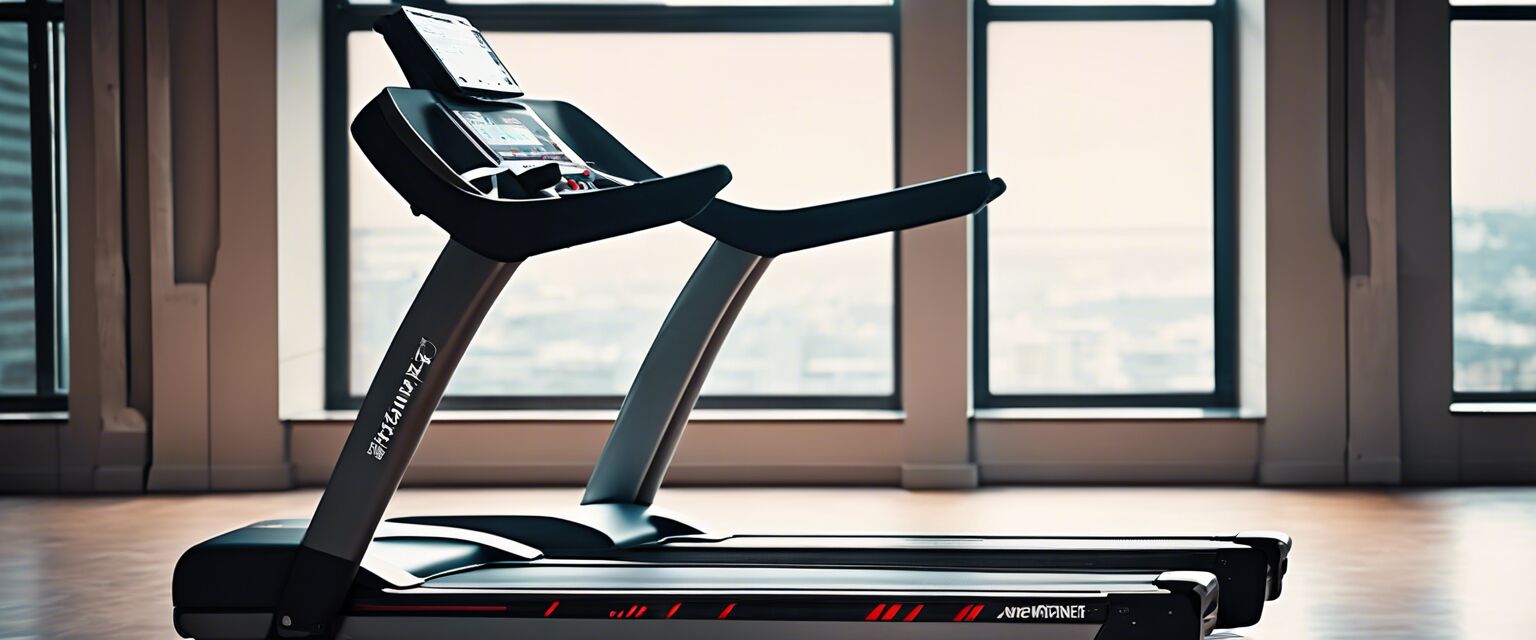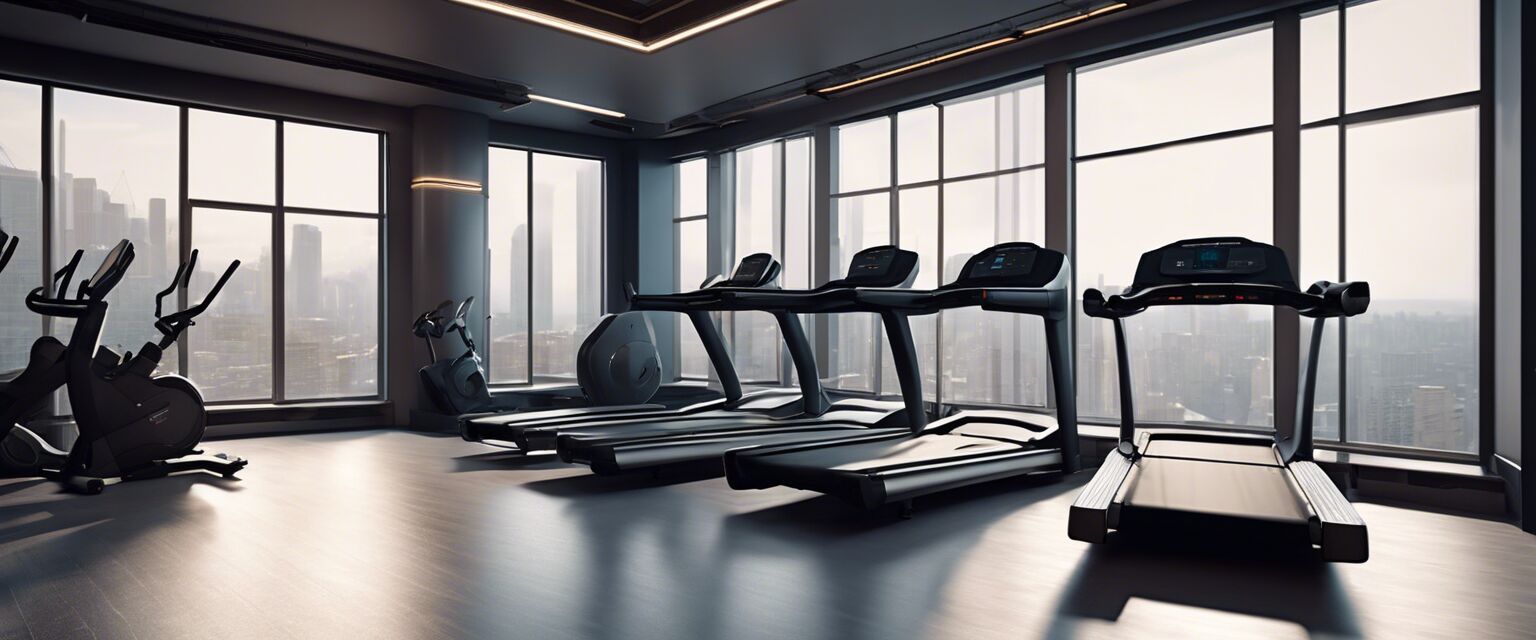
Heart rate monitoring: Insight into heart rate monitoring features available on top incline treadmills
Key Takeaways
- Heart rate monitoring is a crucial feature for tracking your fitness levels.
- Many incline treadmills offer advanced heart rate tracking with various technologies.
- Understanding how to use heart rate monitors can enhance your workout efficiency.
- There are different types of heart rate monitors, including chest straps and wrist sensors.
- Choosing the right incline treadmill can significantly influence your training paradigm.
Heart rate monitoring is an essential component of todayâs fitness technology, especially for those using incline treadmills. With the rise of smart treadmills, the feature has become more accessible, allowing you to better track your workout intensity and maximize your results.
Understanding heart rate monitoring
Heart rate monitoring involves tracking your heartbeats per minute (BPM) during exercise. Staying within target heart rate zones can help improve cardiovascular fitness and optimize workouts. Below are some common terms you'll find related to heart rate monitoring:
| Term | Description |
|---|---|
| Maximum Heart Rate (MHR) | The highest heart rate an individual can achieve. |
| Target Heart Rate (THR) | The ideal range for cardiovascular training, typically 50-85% of MHR. |
| Resting Heart Rate (RHR) | The number of heartbeats per minute when at rest. |
Why is heart rate monitoring important?
Heart rate monitoring helps you gauge workout intensity, ensuring that youâre not over-exerting yourself or under-training. Here are key reasons to prioritize heart rate monitoring:
- Personalization: Fine-tune workouts based on your fitness level.
- Safety: Helps prevent overtraining or pushing into dangerous heart rates.
- Motivation: Seeing your heart rate can increase motivation to achieve fitness goals.
Types of heart rate monitors used in incline treadmills
Incline treadmills typically feature two main types of heart rate monitoring technologies:
- Optical Sensors: Usually located in the handles, these sensors detect blood flow and calculate heart rate.
- Chest Strap Monitors: Offering more accuracy, these straps send real-time data to the treadmill's console.
Tips for beginners
- Ensure the heart rate monitor is properly calibrated for accurate readings.
- Understand your target heart rate zones to optimize your workouts.
- Stay hydrated before and during workouts for better performance.
Features to look for in incline treadmills
When selecting the right incline treadmill, consider the following features that enhance heart rate monitoring:
- Wireless connectivity: Enables syncing with fitness apps for tracking progress.
- Heart Rate Control Programs: Automated programs adjusting speed and incline based on heart rate data.
- Display Options: Large screens that show real-time metrics for better visibility during workouts.
Comparison of popular incline treadmills with heart rate monitoring
| Treadmill Model | Heart Rate Monitoring Type | Connectivity | Display |
|---|---|---|---|
| Model A | Optical and Chest Strap | Bluetooth | 7-inch touchscreen |
| Model B | Optical | N/A | 5-inch LED |
| Model C | Chest Strap | Wi-Fi | 10-inch touchscreen |
Enhancing your workout with technology
Smart incline treadmills can dramatically change how you approach a workout. With features like live tracking and integration with mobile applications, users can see improvements in real-time and stay motivated.
Tips for using heart rate monitors effectively
- Wear your monitor correctly and consistently for the best results.
- Adjust your intensity based on heart rate feedback.
- Use heart rate data to set realistic fitness goals.
Conclusion
Investing time in understanding heart rate monitoring can transform your workout experiences on incline treadmills. With the right technology, you will not only track your progress but also achieve your fitness goals more effectively.
Pros
- Accurate fitness tracking.
- Real-time data helps optimize workouts.
- Supports personalized training regimens.
Cons
- Some monitors may require calibration.
- Optical sensors might be less accurate during intense workouts.
- Dependence on batteries for chest straps.
Explore more on our site
For a better understanding of incline treadmills, check out our Incline Trainers section or explore our Smart Treadmills category for models with enhanced tech features. Looking for budget-friendly options? Visit Budget Treadmills.
For more comprehensive comparisons, see our Commercial Treadmills category, or if you're interested in compact choices, browse through our Folding Treadmills.
Image Gallery




